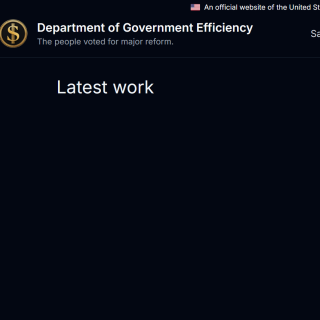- 2022 saw record growth worldwide for renewable energy with China providing about half of all renewables installed globally.
A recent report demonstrates that renewable energy has grown 9.6 percent worldwide. This record rate of growth saw 295 gigawatts of renewables added to the various grids, resulting in a total of 3372 gigawatts of renewables worldwide. China accounted for almost half of new generating capacity with 141 gigawatts added. Europe followed a distance second at 57 gigawatts of generating capacity. North America added 29 gigawatts with the continent of Africa falling far behind with only 2.7 gigawatts of installed new renewable capacity in 2022.
Worldwide installed renewable generating capacity is split pretty much evenly between hydroelectric, solar and wind. China is far ahead with 392 gigawatts of installed systems. In second place with a quarter of that amount or about 111 GW is the United States, followed by Japan, Germany and India.
- Many women have shown reluctance to purchase electric vehicles due to safety concerns according to a recent study.
A new study finds that many women are reluctant to purchase electric vehicles. Currently women only account for about 30 percent of the electric vehicle purchases but account for about 62 percent of all automobile purchases - according to a study by Edmonds. The study noted that women are concerned about the lack of EV charging stations and the remoteness of these locations. Since charging stations are often isolated, unattended and the charging process can take a relatively long time, there was a concern expressed for personal safety while charging their vehicles.
- The US imposes a 200% tariff on Russian aluminum.
The Biden Administration has implemented 200 percent import tariffs on aluminum imported from Russia. Aluminum is a major component to solar panels so this may affect prices in the future. Russia accounts for about six percent of the world's aluminum and the U.S in 2022 imported about 673 million dollars worth of aluminum from Russia.
- Breakthrough in the manufacturing process of Perovskite panels may signal big changes for the solar industry.
The National Renewable Energies Laboratory, NREL, has been studying how to use perovskite to create solar panels and they've announced a breakthrough in the manufacturing process. They found that they can manufacture these panels at a lower cost and still maintain their efficiency.
Perovskite has been identified as a new technology that may revolutionize how we manufacture and install solar. It has very high efficiency, uses very little materials in the construction of these modules and very little energy input.
What’s prohibiting perovskite from being commercialized is primarily cost. At the moment it costs more than comparable silicon panels and there is concern about stability in the field. However issues of product stability have been addressed in laboratory testing and there is optimism this new process might address the cost issue in the manufacturing of perovskite.
- A new analysis by The National Renewable Energies Laboratory, NREL, finds that because of the recent Inflation Reduction Act and the infrastructure Bill, the U.S grid could be up to 90 percent carbon free by the year 2030.
A new analysis by NREL has predicted that because of the various changes that were Incorporated within the Inflation Reduction Act and the Infrastructure bill, both passed in 2022, we could see the U.S grid nearly carbon free by 2030. The study predicts that between 71 -90 percent of all US generating capacity will be carbon carbon free. That's not entirely due to renewable sources, as it does incorporate nuclear power which is technically a carbon-free generating source.
Additionally the report projects that emission reductions from the power sector will fall 72-91% from 2005 levels. This will result in between $160 - $230 billion in avoided climate related expenses. They're also projecting a savings of between $20 -$ 46 billion in health care costs.
This report confirmed by a 2022 study by Princeton University. However there are a certain number of caveats that are involved. The finding assumes that states do not pass any anti-renewable legislation that will counteract the gains made by the federal actions.



